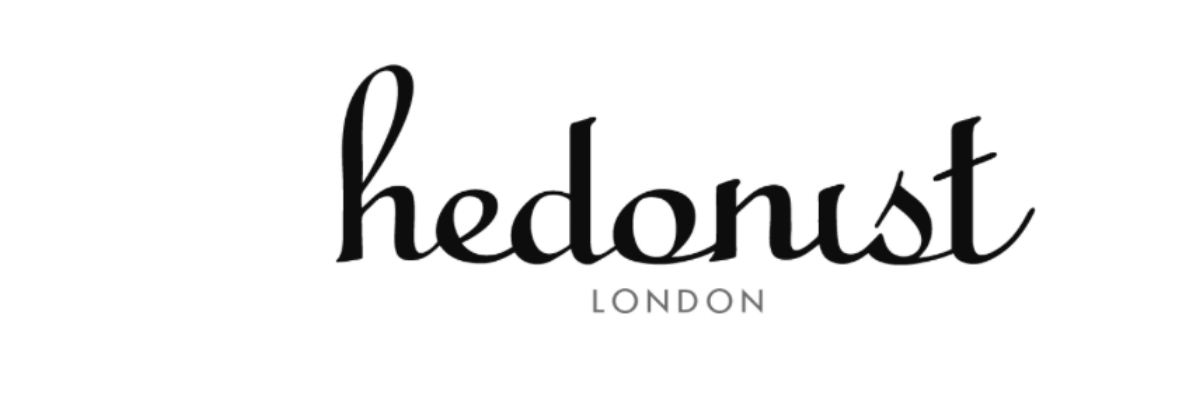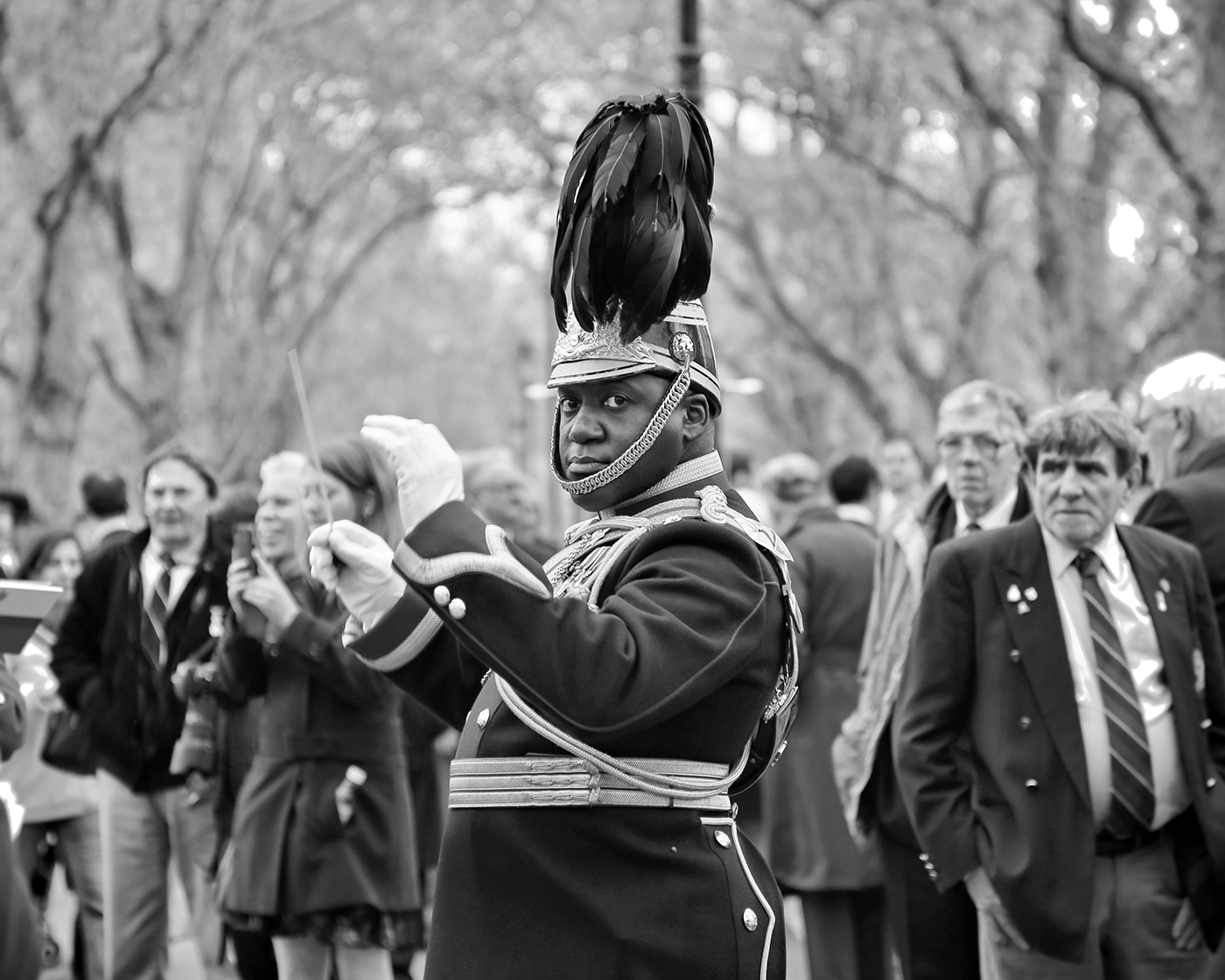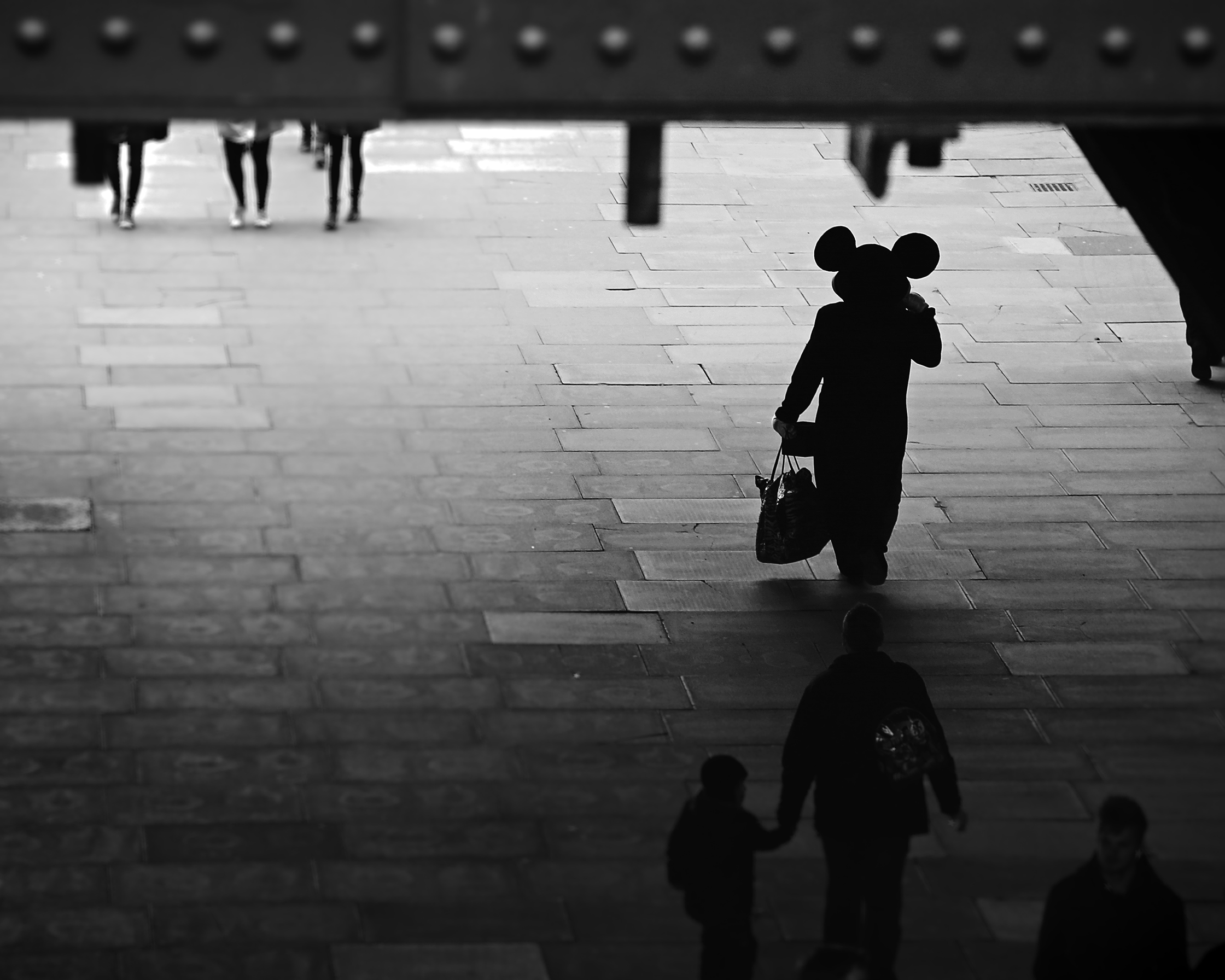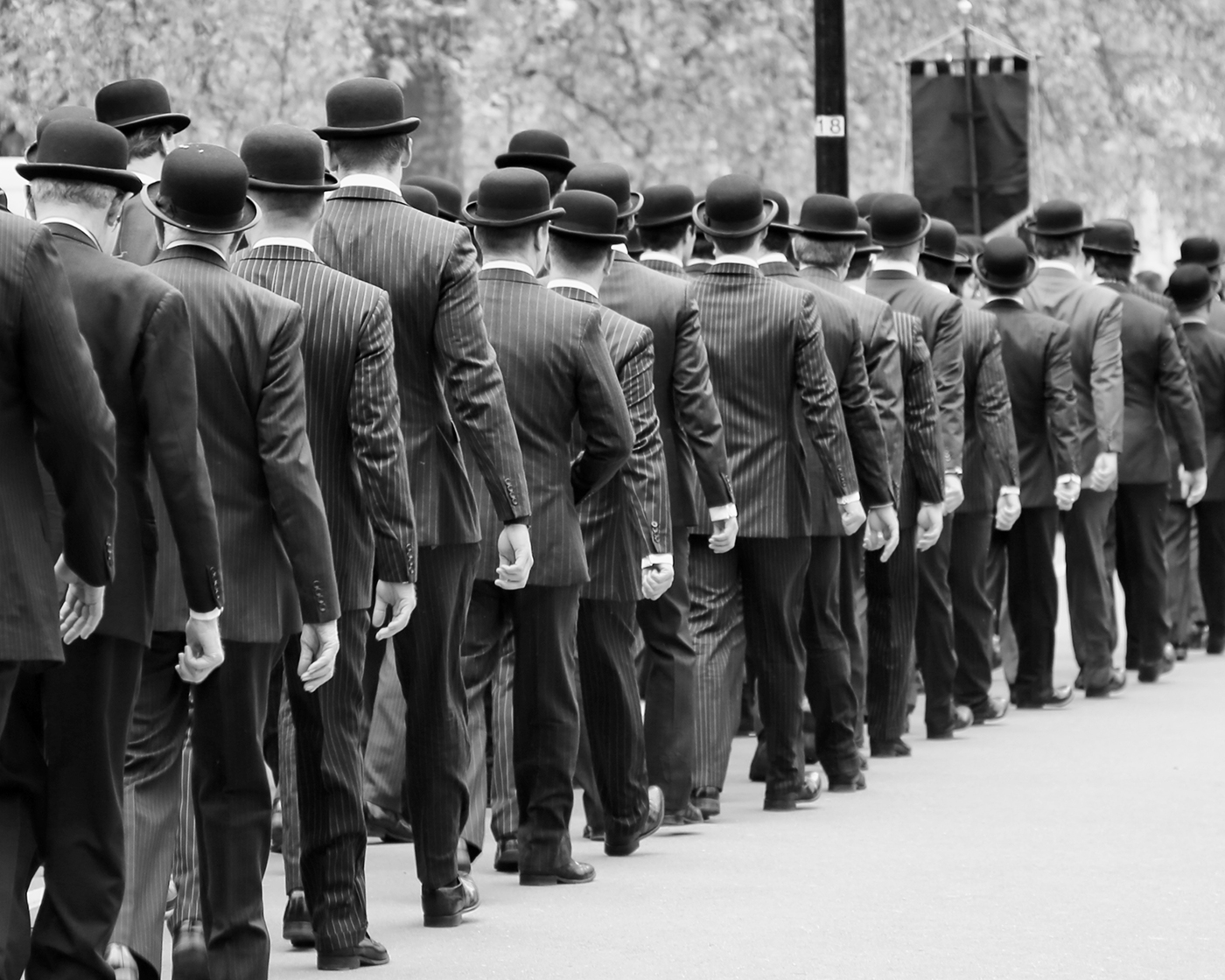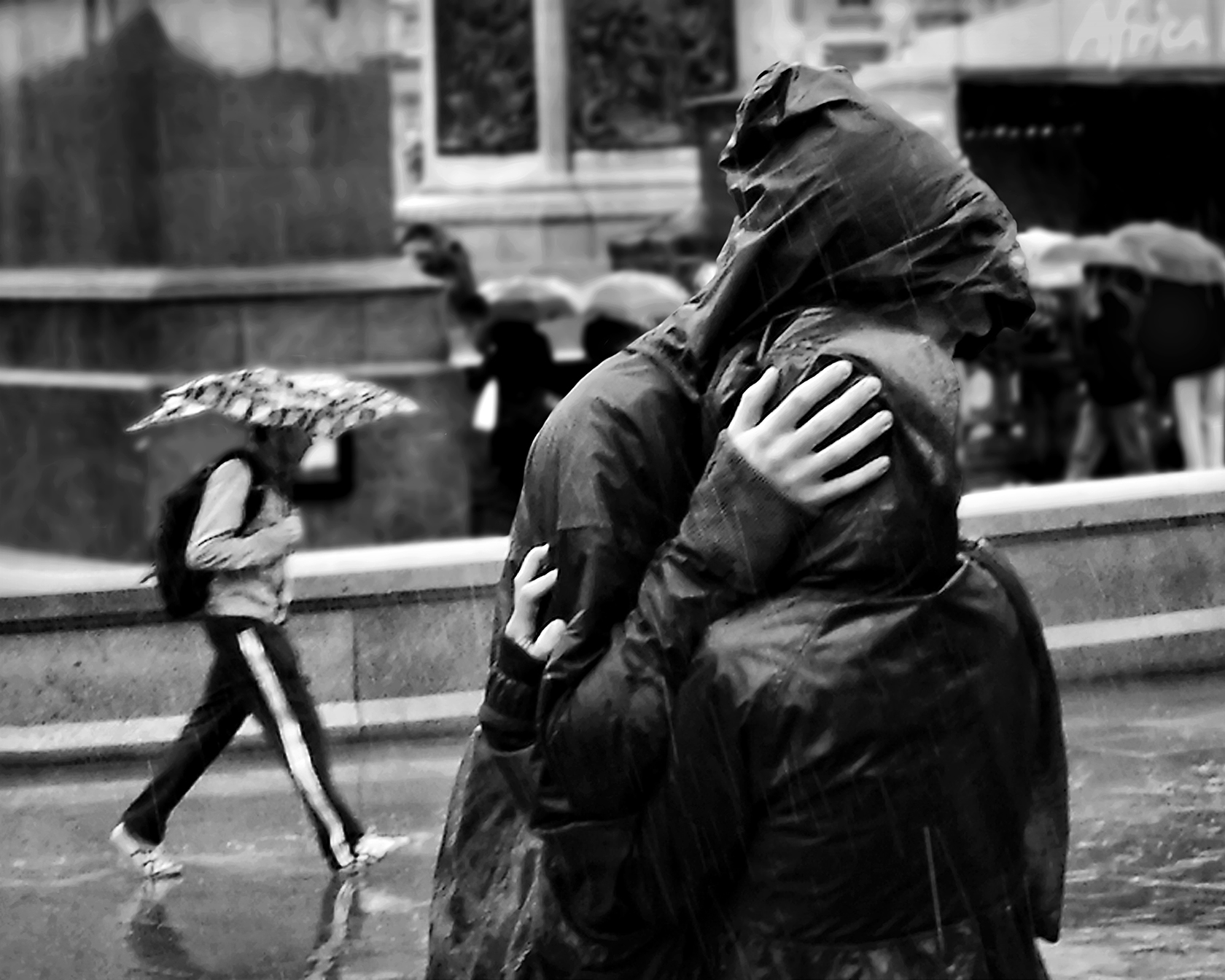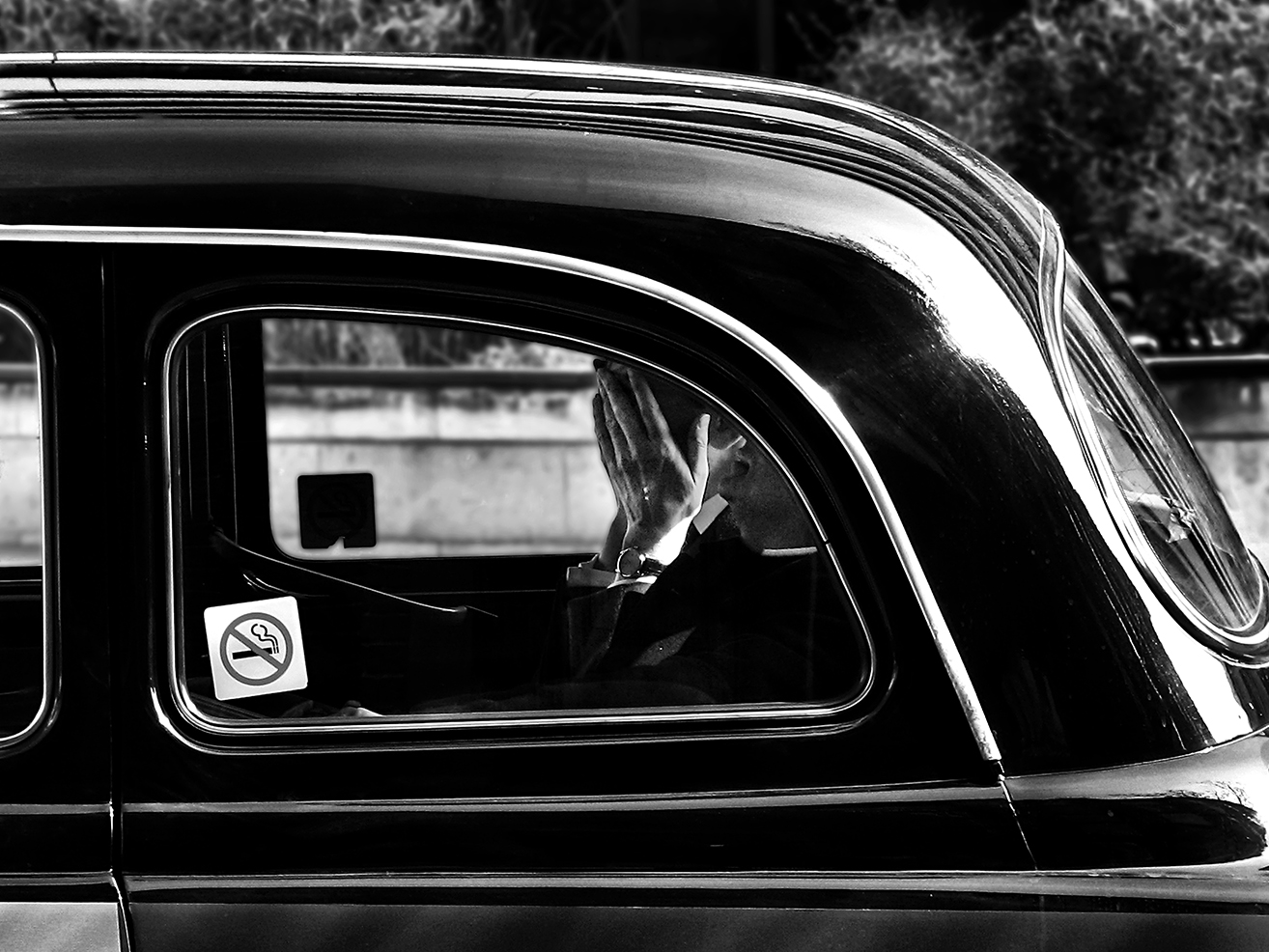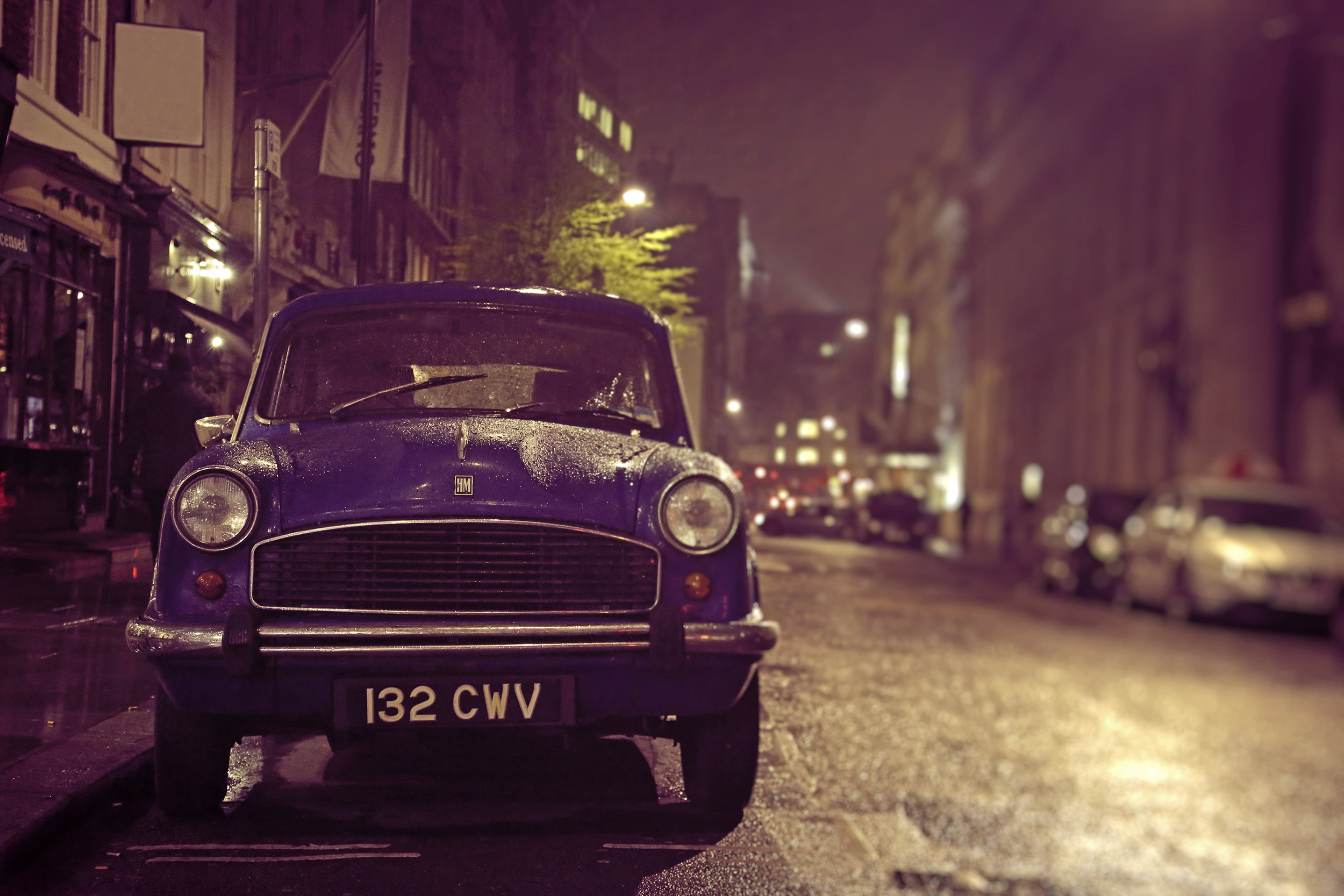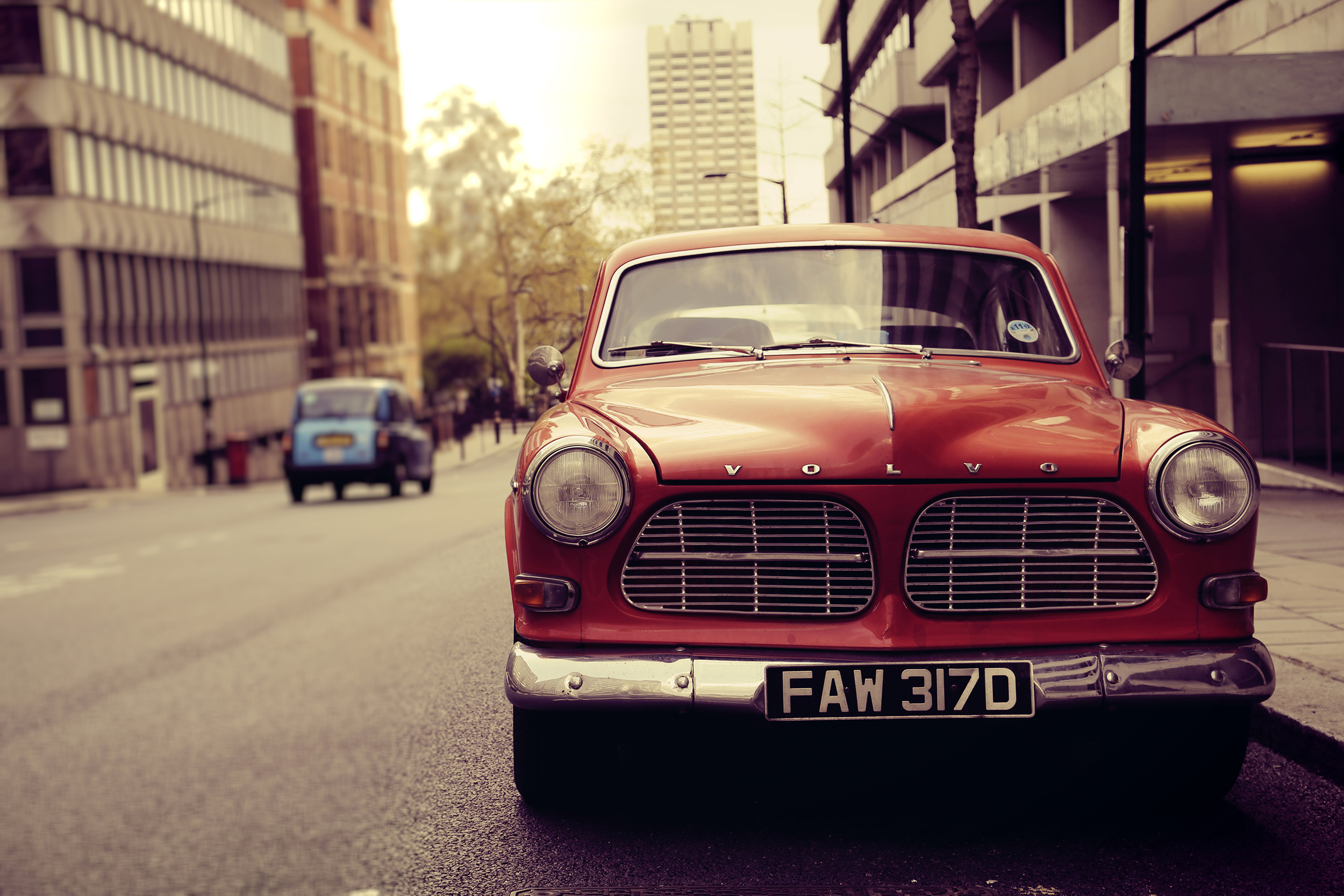Your Custom Text Here

streets through the lens
STREETS THROUGH THE LENS
Interview with Ronya Galka who is passionate about capturing transient and priceless moments, carries her photocamera continuosly and whose pictures are used for the decoration for the New Castle Airport
Where does your love towards street and documentary photography come from? Do you remember the very exact moment when you all of a sudden realised that you have an eye for this kind of photography?
My love for street photography ultimately comes from my love to observe people and the desire to celebrate people’s individuality. I am very fortunate to live in such a vibrant and fast-moving city: London. Here, on a daily basis you can observe the most surreal and surprising scenes unfold right before your eyes. It was only when I started to carry my camera with my on a daily basis a few years ago that I noticed just how many urban moments you come across and are able to isolate from the busy hustle and bustle of life in the city.
After just a few initial attempts, I was pretty much hooked on street photography straight away and the hunt for ordinary moments by ordinary people in everyday situations that goes unnoticed by so many people has by now become part of my daily routine.
What would you say is your style? What makes you stand out?
I am not afraid to admit that I shoot with my heart!
I would describe my own style as emotive and highly subjective- I don’t claim to be a photo-journalist but consider myself more of a story-teller.
All of my street work is candid and unstaged- the scenes that I isolate and capture in the street are very often an expression of my own thoughts, emotions and concerns at the time.
As an example, my ongoing ‘Rat Race’ series focuses on the tiresome routine of workers in the City of London and was initially born out of radical changes at my own workplace and the ensuing feeling of helplessness and frustration that I was feeling at the time.
The common thread that runs through all my pictures is that they are all dealing with human sentiments & ‘emotions fortes’ that make everyday life so magical: love, joy, sadness, friendship, solitude etc they all are feelings that all of us can relate to.
Visually I have always been pre-occupied with the play between light and dark, sun and shadow as much as black and white which means that much of my work is centered around shadow-play and the use of silhouettes. Shadows, reflections, silhouettes and juxtapositions are all reoccurring ‘props’ that I use when capturing street scenes.
What plays the most crucial role in photography in the street to your opinion?
Someone once said that ‘Luck is when preparation meets opportunity’
I love this quote because it’s so apt for street photography!
The most important part in street photography is being available to ‘receive’ good shots. NEVER leave the house without a camera.
Precious scenes unfold on the street ALL THE TIME (don’t even think that there is only ever just one ‘right place’) as long as you spend enough time on the street with a camera at the ready, you are sure to harvest a few of them.
Whilst there is no doubt that there is a small element of luck involved in witnessing a curious moment, if you continually observe your surroundings and the people around you, you are sure to spot great moments as they happen.
‘Feeling a moment’ can probably be likened to how an athlete feels when they are ‘in the zone’: you don’t really know how you got there but whilst it’s happening you KNOW you are in it.
‘The Moment’ happens when everything comes together right in front of your lens and all you really have to do is press the shutter. Things just come together for the briefest of all moments when you have the perfect view and angle for the shot and even before you even look at your screen you know you have captured a timeless image.
Many think of street photography as of a truthful reflection of a history. However being there is a kind of an intrusion to the natural flow of life. So how do you prefer to keep yourself out of the unfolding life situations but still being a constant observer of it through the viewfinder?
I believe there are as many different approaches to ‘staying unnoticed’ as there are street shooters. It takes a lot of time and practice to find the process that works best for you as an individual.
What it all comes down to is finding the way to shoot that allows you to feel least self-conscious?
I personally prefer to be on the move all the time. I don’t stay stationery for too long. There are two reasons for this. Firstly, London where I do the majority of my street shooting is a fast-paced city. People rush from one place to the next and if you want to blend in you move in the same pace as they do. Secondly, I am convince that when I loiter and stay around in the same spot people are aware of me photographing them which inhibits my street work.
The moment people become aware of me shooting them I stop the shot.
My work is about candid moments and someone who is acting up for the camera currently does not appeal to me.
The only time that I am happy with people looking straight down my lens is on those occasions when I get up close and personal and take street captures from minimal distance. The look that I am usually getting then is one of confusion, anger or even bewilderment but before they fully understand what has just happened I have walked past them and they are left wondering if it was them that I have captured or something behind them.
How do you define a “drama” for yourselves? Does it always involve only people interacting with each other or there could be something visually interacting with a person – part of a landscape, shadows of buildings, reflections in puddles?
Absolutely! ‘Drama’ to me is as much the result of an insightful interaction between two or more subjects as it is of the interaction with a person and their urban environment.
Shadows, reflections, silhouettes and juxtapositions are all reoccurring ‘props’ that I serve myself to in the hunt for thought-provoking, moving or even inspiring street captures.
How important is the composition of your scenes?
Whilst I admire the raw and gritty feel that many of today’s American street artists do so well, for my own work I tend to favour a minimal and structured visual focus on the main subject(s). More often than not I am gravitating towards those moments of urban life that I can isolate and pull out of the busy hustle & bustle life in the city.
I hunt for ordinary moments by ordinary people in ordinary situations that so often go unnoticed by the rest of the world. The challenge is to capture these moments whenever they happen to take place in extraordinary setting (location, lighting etc) which in turn serves as a beautiful reminder that beauty and poetry is all around us and ideally inspires people to look for the beauty around them...
As an example, a picture of a man sitting on his own reading a book does not make for exciting viewing. When the same scene however is captured in the middle of an otherwise busy hall which is flooded with black and white shadows, it changes the context and perception altogether.
What camera and lenses helped you to develop your vision? What kind of photo equipment you use?
My first attempts of street work were shot with a fairly basic camera: a Sony Cybershot (35mm lens). It was due to its size that I was able to get up close and personal whilst drawing a minimum amount of attention to myself. Starting off with a smaller camera allowed me to experiment with different ways of getting the shots that I wanted- through the viewfinder, through the LCD, from the chest or from the hip and whilst the camera didn’t neccessarily help me develop my vision, it most certainly helped me build my street confidence. Once my confidence was established, I started experimenting with a few different cameras. From time to time I shoot street with my DSLR but since most of my work involves getting up close and personal with my subjects, in order to stay ‘invisible’ I prefer to shoot street with a small, inconspicuous tool. So far my favourite all-round street photography tool is my Ricoh GX200.
Are there some moral rules of when people can be photographed and when not even you are not going to publish images ?
I go by a simple rule: I will take any picture and depict any candid situation that captures my interest as long as I am happy that my photo does not humiliate or rob the subject of their dignity in any way.
But don’t get me wrong here. This is not to say that everyone always looks wonderful in my pictures- they don’t. Rather than showing people in their best light I am all about capturing stolen moments respectfully.
Maybe it’s because I have always followed this rule that so far I have been lucky and have never been challenged in the street by anyone whose picture I have taken and I have never had any issues with any of the people who have coincidentally found themselves in any of my photos either.
Sometimes street photographs are called “a once in a lifetime shot”. To your opinion what do they necessarily need to have to be a never-repeated-moment ?
The never repeated moment rule applies to pretty much all of my shadow and reflection work. It is fleeting moments that one day come together and you realise that you could only ever better the shot that you’ve got already by and staging a similar version with actors (which of course would be ludicrous as it goes against every principle of street photography).
